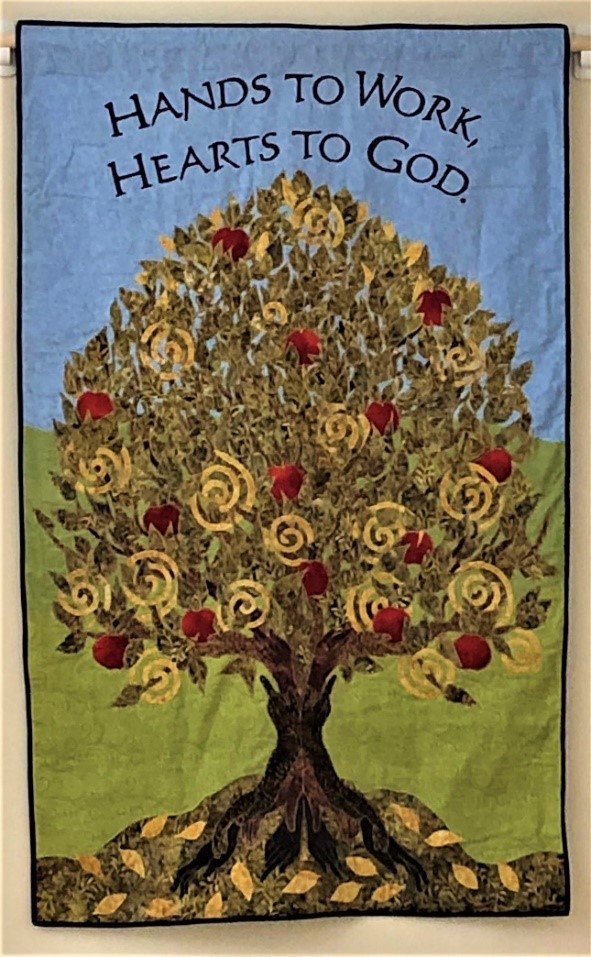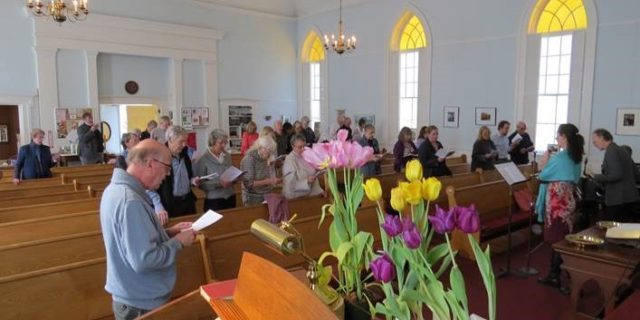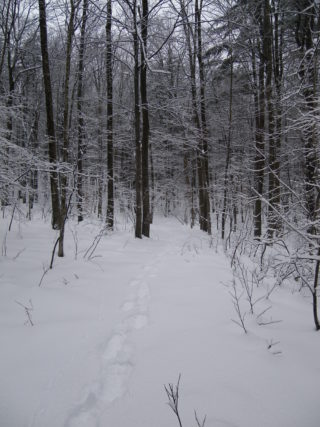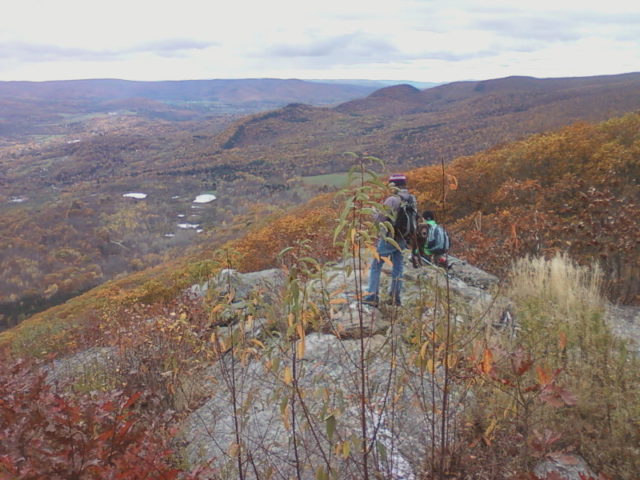Inspired by Pastor Patty’s reflections on recent Sunday mornings, I have been thinking about the idea of privilege, the subtle and not so subtle ways in which society favors one group of people over another. Though I have never considered myself especially privileged, the fact that I am a white, cisgendered, heterosexual woman who has an education, a place to live and enough to eat, means that I am. I have been taking it for granted. With that in mind, I decided to make a practice of observing the role of privilege in my life at present, and to think about how I have been privileged in the past.
The following is a hodgepodge of loosely connected observations and memories.
I was waited on in a store a few weeks ago by a kind black man whose accent I think is African. He struggled with communicating with me and I started to feel impatient. I am grateful I found the grace (thank you, Holy Spirit!), to imagine how hard his life must be, and to appreciate his efforts. I have never needed to move to another country or learn a new language and use it in a job.
My cousin Alex is a transgendered woman. She is much younger than I, and we don’t live near each other, but I know something of the struggle she went through to be where she is now. It was very hard, and family relationships were strained for a long time. Fortunately, she seems happy now, and some of the relationships have healed. I have never had to go through anything like that.
I have vivid memories from childhood of signs announcing “whites only” and “colored” restrooms and drinking fountains in our little Kentucky town. I was in Catholic school and being taught by Franciscan nuns that racial prejudice was a sin against God, and I remember being very aware of the contrast between what I was being told and what I was seeing, and aware that being white was easier than being black. (I can’t stop myself from adding here that I think those nuns were amazing!)
When I watch the evening news, I am reminded of how privileged I am. Stories of immigrants desperate to find a peaceful place to live, children going hungry, bombed-out buildings—all demonstrate how privileged I am to live the way I do.
Age has brought privilege as well. I am about to receive my second vaccination against COVID-19. I understand that from a public health perspective, it makes sense to vaccinate older people first, but I am uncomfortable that I, a healthy retiree who can stay home to avoid infection, am being vaccinated ahead of grocery store clerks and the many other people who have to work in public places.
I can think of many other examples of the privileges I have received simply because of who I happen to be. I didn’t earn them, and the less privileged are at least as deserving as I am. Paying attention to privilege seems to me a spiritual practice, one not meant to induce guilt but to grow compassion for people who have struggles I’ve never had to face. All it requires is a willingness to be aware.
—Patricia Wallender



 There’s nothing like a power loss to give one new perspective on darkness and our dependence on light. A snowstorm and its accompanying 13-hour power outage provided an interesting opportunity to reflect on darkness, on waiting, and on the coming of the light.
There’s nothing like a power loss to give one new perspective on darkness and our dependence on light. A snowstorm and its accompanying 13-hour power outage provided an interesting opportunity to reflect on darkness, on waiting, and on the coming of the light. ul for me. I used to be a runner but had to give up that practice following knee surgery. Running was a physical and mental release for me. As I would run, I would go over the minutiae of the day and eventually my thoughts would drift and calm. Sometimes I even came upon solutions to gnawing problems. A dear friend once said that if I were a minister, I would write my sermons during my runs. I had not always thought of my running as a spiritual activity, but her words helped make that connection conscious for me.
ul for me. I used to be a runner but had to give up that practice following knee surgery. Running was a physical and mental release for me. As I would run, I would go over the minutiae of the day and eventually my thoughts would drift and calm. Sometimes I even came upon solutions to gnawing problems. A dear friend once said that if I were a minister, I would write my sermons during my runs. I had not always thought of my running as a spiritual activity, but her words helped make that connection conscious for me.